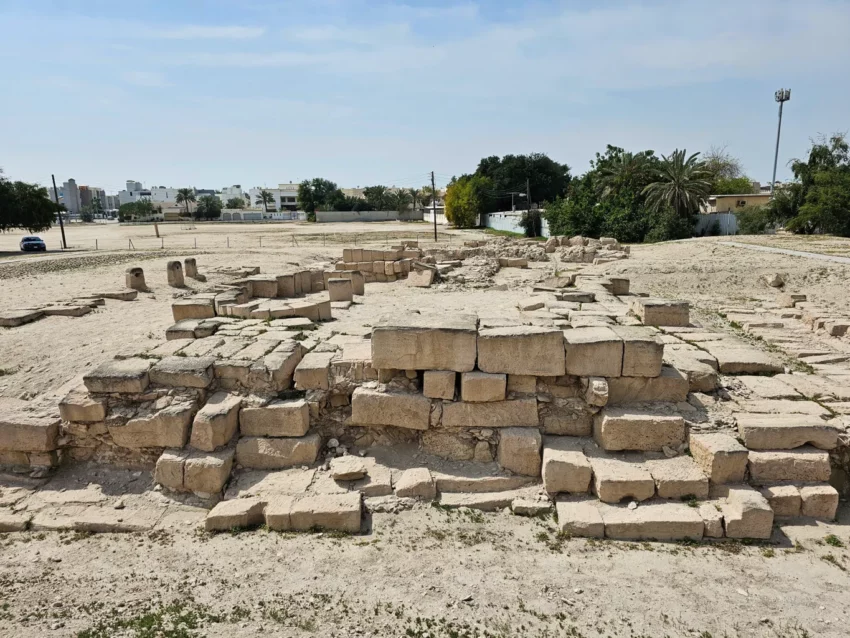The Barbar Temple: An Archaeological Marvel of Ancient Bahrain
The Barbar Temple complex, located in the village of Barbar in Bahrain, stands as a testament to the island’s rich history. This ancient site, dating back to the Dilmun civilization, offers invaluable insights into early human settlement and religious practices in the region.
Get your dose of History via Email
Historical Context
The Dilmun civilization, which flourished around 3000 BC to 600 AD, is one of the oldest known civilizations in the Arabian Peninsula. The Barbar Temple complex, constructed around 3000 BC, is among the most significant archaeological sites from this period. The temple’s construction and use spanned several centuries, with evidence of three distinct building phases.
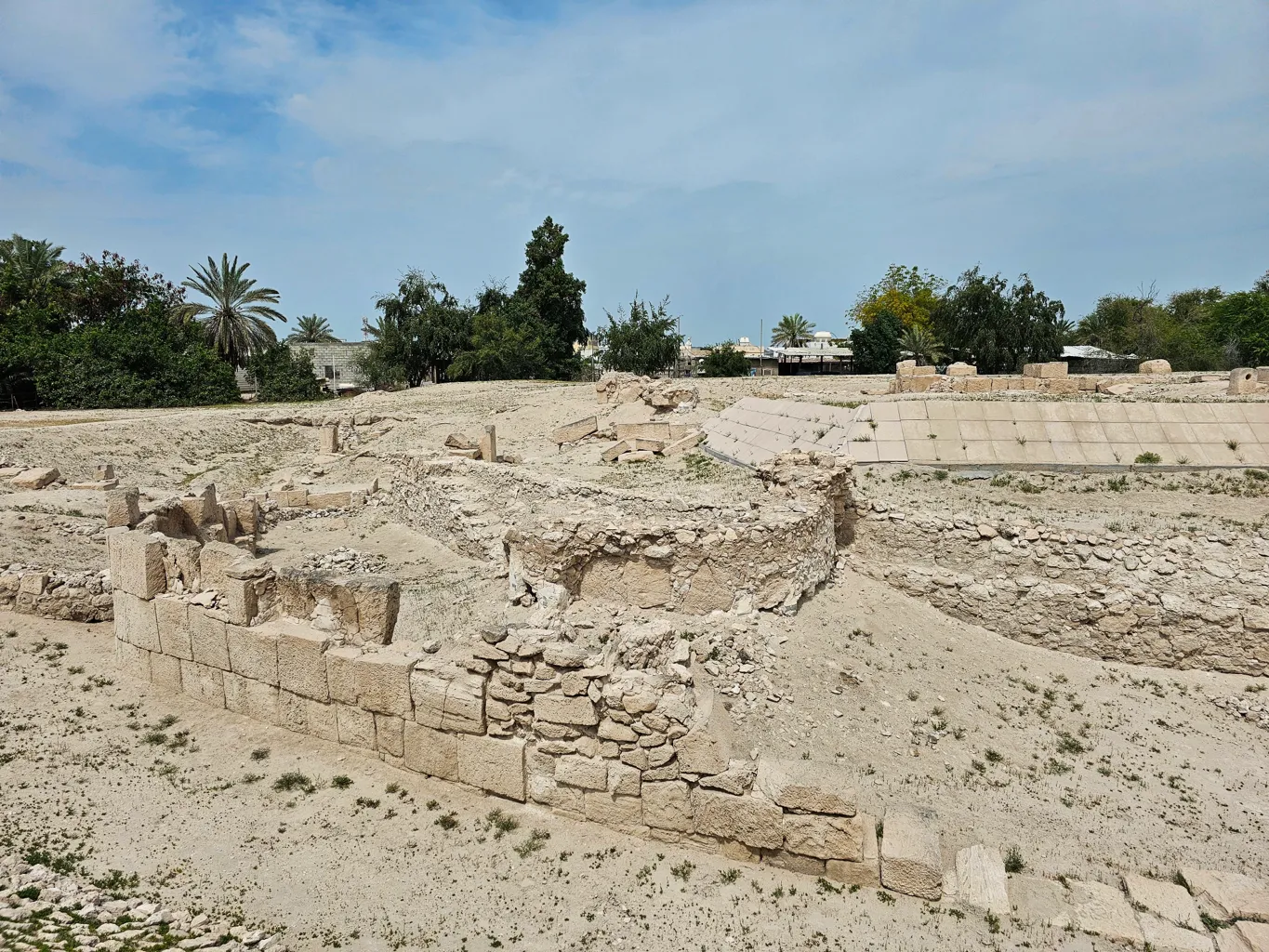
Architectural Features
The Barbar Temple complex consists of three main temples, each built on top of the previous one. The first temple, constructed around 3000 BC, features a rectangular layout with an altar and a sacred well. The second temple, built around 2000 BC, shows more advanced architectural techniques, including limestone blocks and a more complex layout. The third temple, dating to around 1450 BC, incorporates elements from the previous structures but also introduces new features, such as a larger altar and additional rooms.
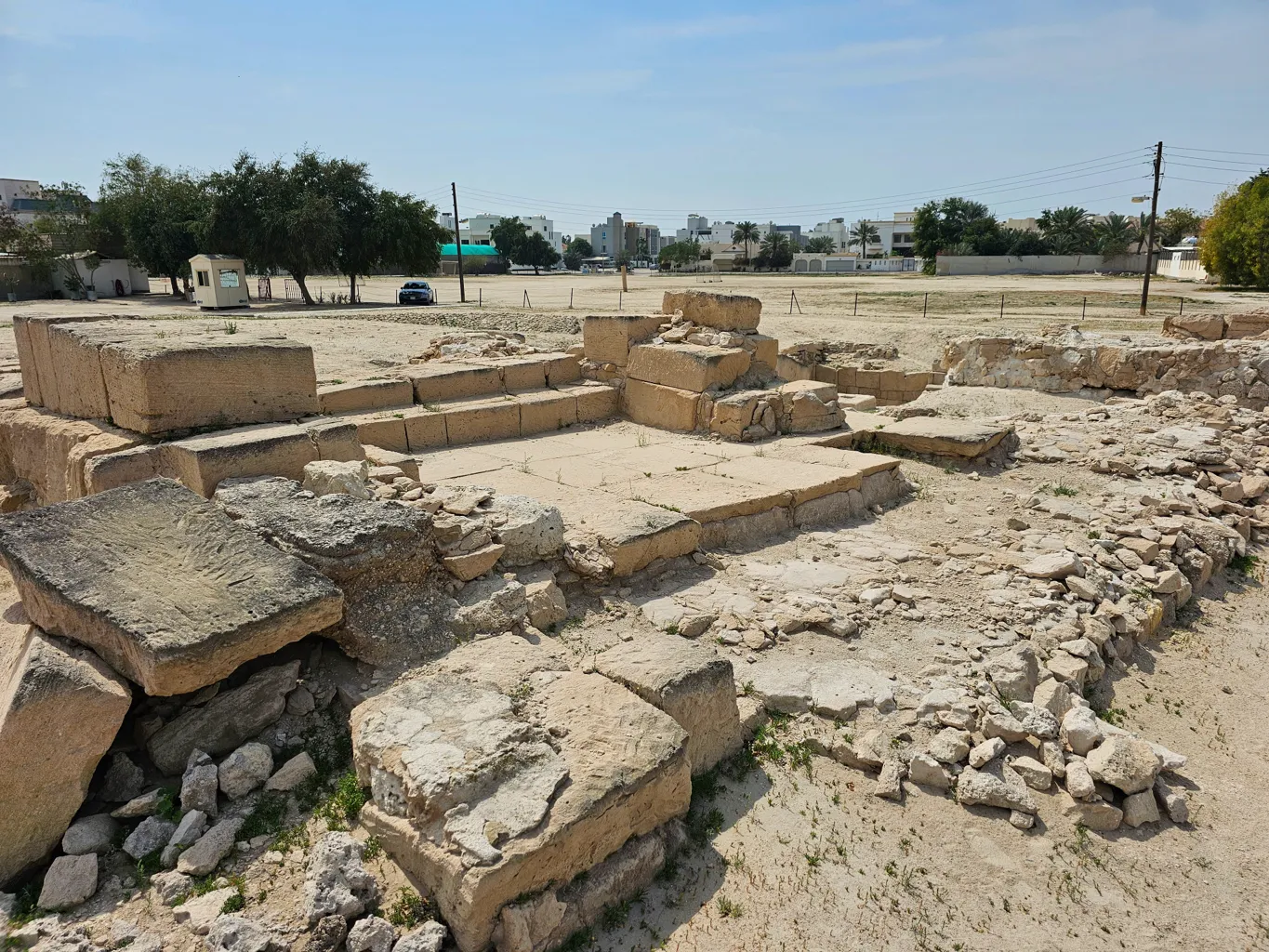
The sacred well, a key feature of the Barbar Temple, likely served as a place for ritual purification. The well’s construction, with its carefully cut stones and precise engineering, highlights the advanced skills of the Dilmun people.
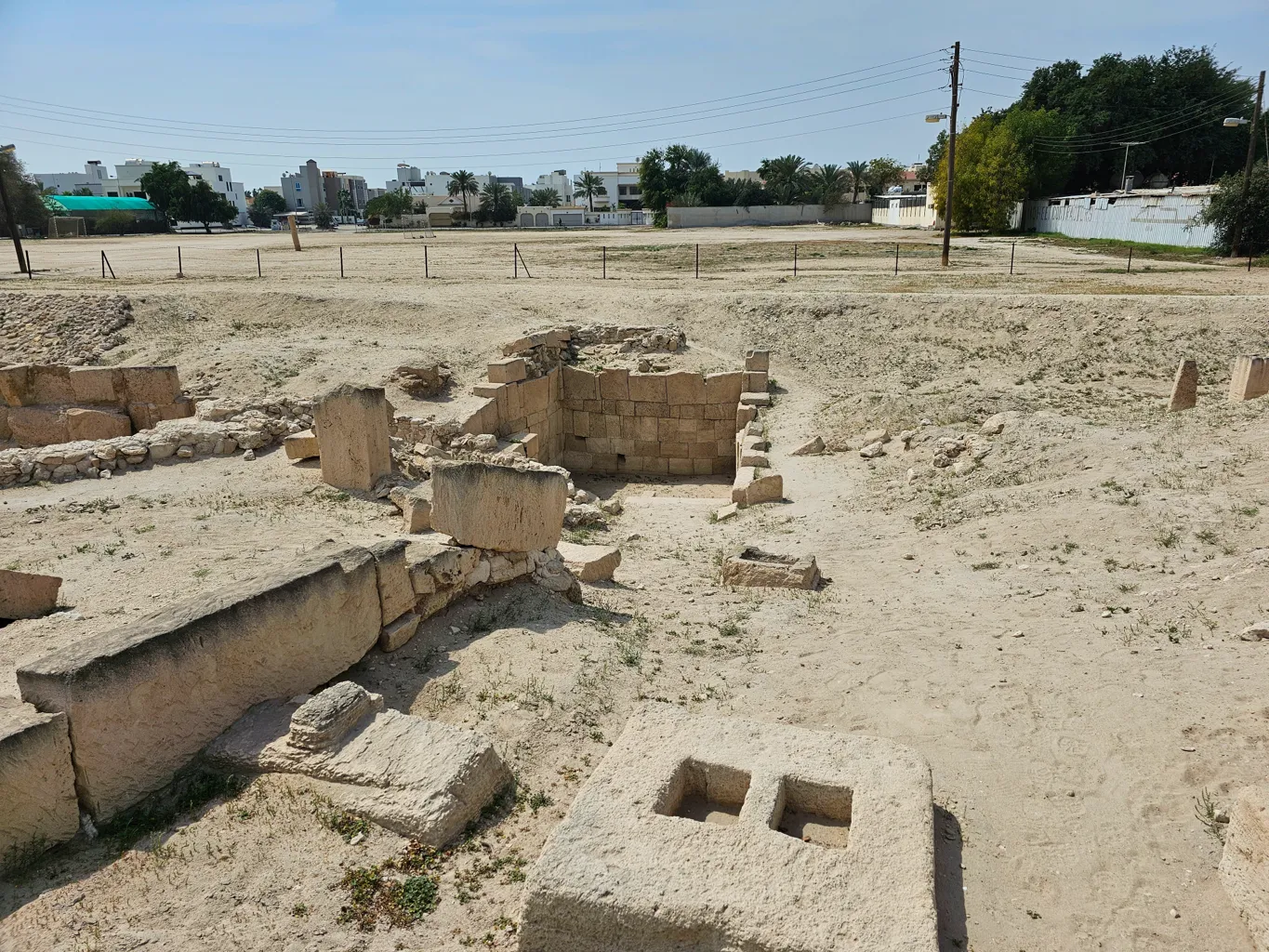
Religious Significance
The Barbar Temple complex is believed to have been dedicated to the worship of Enki, the Mesopotamian god of water and wisdom. This connection is supported by the presence of the sacred well and the temple’s alignment with other Dilmun religious sites. The temple’s layout and artifacts, including pottery, tools, and figurines, suggest that it was a center for religious ceremonies and community gatherings.

Archaeological Discoveries
Excavations at the Barbar Temple began in the 1950s, led by Danish archaeologists. These efforts uncovered a wealth of artifacts, including pottery, tools, and figurines, which provide valuable insights into the daily lives and religious practices of the Dilmun people. The discovery of the sacred well and the temple’s multiple construction phases also shed light on the site’s long-term significance and evolution.

Preservation and Research
The Barbar Temple complex remains a focus of ongoing archaeological research and preservation efforts. Scholars continue to study the site to better understand the Dilmun civilization and its contributions to human history. Preservation efforts aim to protect the temple’s structures and artifacts from environmental and human threats, ensuring that future generations can learn from this remarkable site.
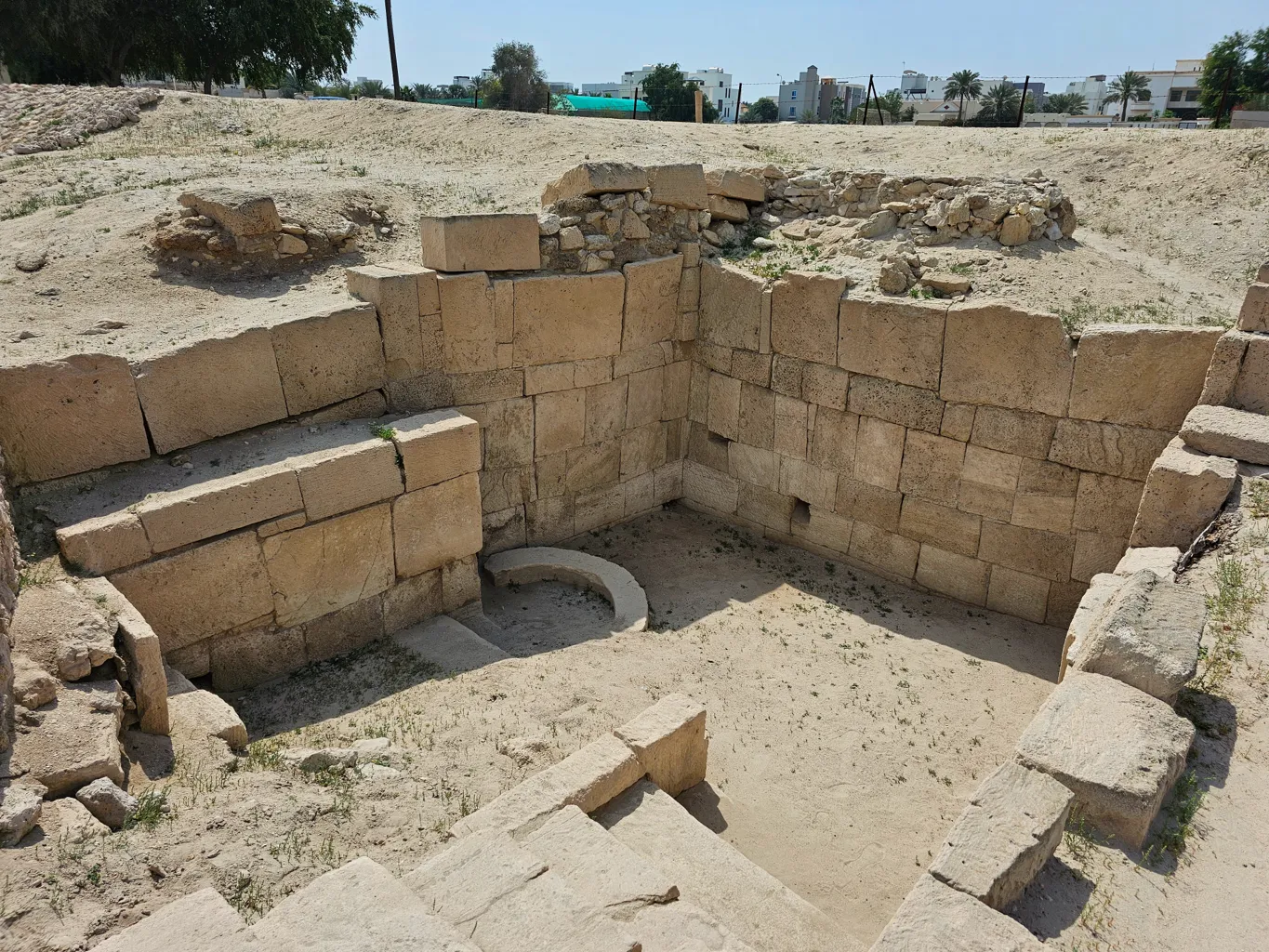
Conclusion
The Barbar Temple complex offers a unique glimpse into the ancient Dilmun civilization and its religious practices. Its architectural features, religious significance, and archaeological discoveries make it a vital site for understanding early human history in the Arabian Peninsula. Ongoing research and preservation efforts will continue to uncover new insights and protect this invaluable heritage for future generations.
Sources:

